The custom modem in the iPhone 16e lays the groundwork for future Apple projects, as the company intends to use its proprietary modems across future products.
On Wednesday, Apple announced the entry-level iPhone 16e, with a relatively modest design echoing the iPhone 14. One of the device's stand-out features is an all-new in-house modem. Created and designed exclusively by Apple, it replaces previously used Qualcomm technology.
Apple's long-rumored custom modem, developed under the project codename "Sinope," allows for tight integration between the iPhone software and hardware. This is why the iPhone 16e reportedly has the best battery life of any 6.1-inch iPhone, according to Apple.
The company sees its new modem as merely the first step, which will inevitably lead to "a platform for generations." Johny Srouji, Apple's senior vice president of hardware technologies, shared his thoughts on the C1 in an interview with Reuters on Wednesday.
"C1 is the start, and we're going to keep improving that technology each generation, so that it becomes a platform for us that will be used to truly differentiate this technology for our products," said Srouji.
While Apple's modem lacks mmWave support, it features custom GPS and satellite connectivity. This is particularly useful when users are unable to connect to mobile data networks, for one reason or another.
The future of Apple's modems, and the company's goals
Apple's new modem isn't meant to compete with chips made by other manufacturers, but is instead meant to cater specifically to the needs of the iPhone 16e and future devices.
"We're not the merchant vendor to go compete with Qualcomm and MediaTek and others. I believe we're building something truly differentiating that our customer will benefit from," said Srouji in the interview.
The iPhone maker has explicitly confirmed it intends to use proprietary modems across future products, though no specific details were provided. While Apple themselves didn't provide any information on which upcoming products would get a custom modem, leakers have already given us some hints.
The C1 might make its way to the iPhone 17 Air
According to analyst Ming-Chi Kuo, and others, Apple will use the C1 modem for its iPhone 17 Air, expected to debut in September 2025. Kuo also said, however, that the remainder of the iPhone 17 range would receive the Apple-developed C1, meaning that they will retain Qualcomm modems for at least another year.
Qualcomm believes its share of modems in Apple devices could drop by a staggering 80% due to the introduction of the Apple C1 subsystem. This ultimately makes sense, as Apple wants to reduce its reliance on Qualcomm, despite having a technology licensing agreement which is valid until 2027.
Kuo has said that Apple will stop using Qualcomm modems by the same year, which aligns with the iPhone maker's statements and apparent goals. Future generations of Apple modems will likely include noteworthy improvements, with mmWave support being a distinct possibility.
Apart from the iPhone 17 Air, Apple could opt to use its custom modems in other entry-level products, gradually rolling them out over three years. We could see cellular-enabled MacBooks as a result of these endeavors.
The iPhone 17 range is still a few months away, however, so whether or not the iPhone 17 Air will feature Apple's C1 remains to be seen. It's a strong possibility, especially when Srouji's comments on the modem are taken into account.
 Marko Zivkovic
Marko Zivkovic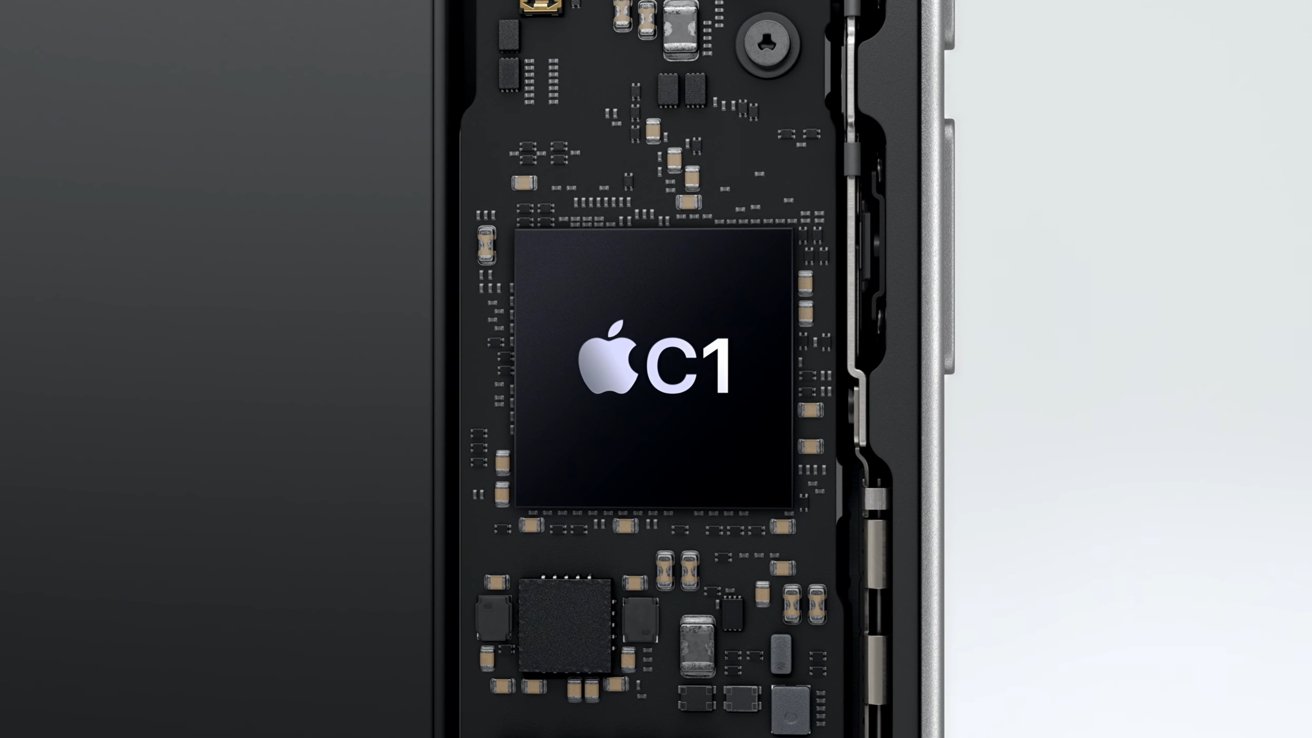
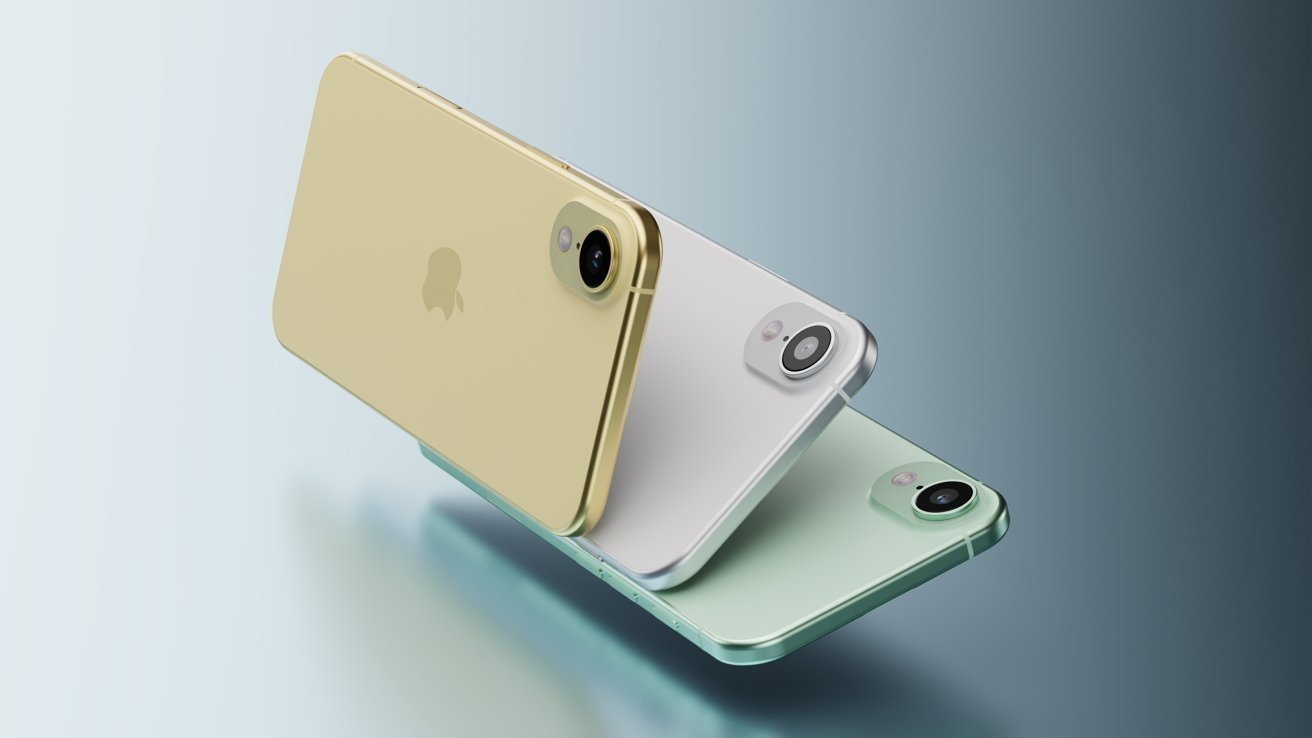

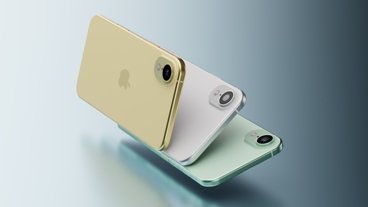
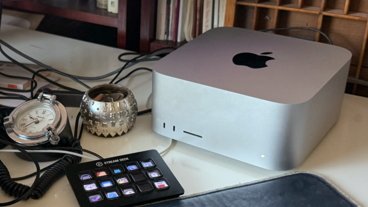

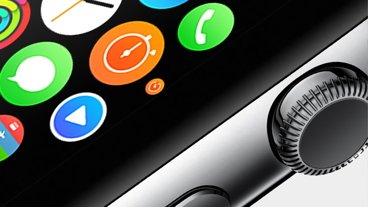
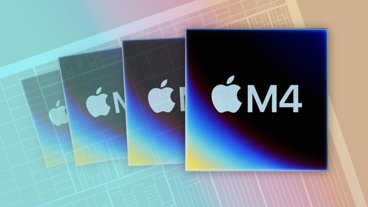

-m.jpg)


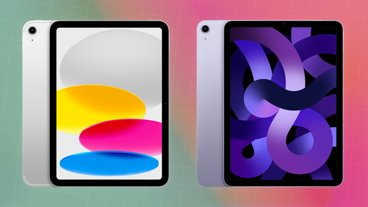
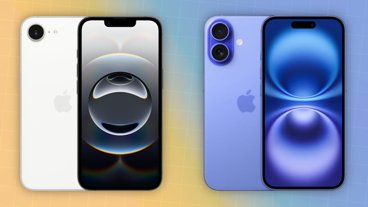
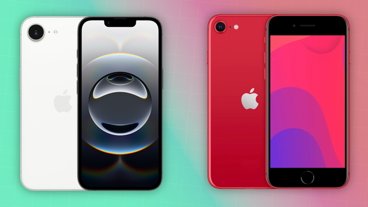

 Christine McKee
Christine McKee
 Malcolm Owen
Malcolm Owen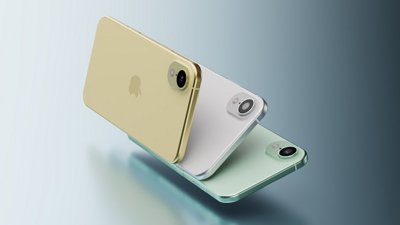


 Andrew Orr
Andrew Orr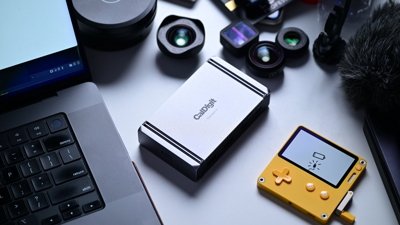
 Andrew O'Hara
Andrew O'Hara
 William Gallagher
William Gallagher

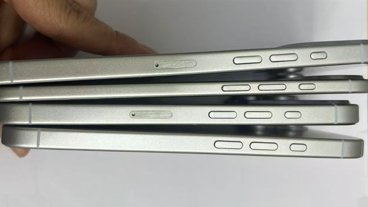

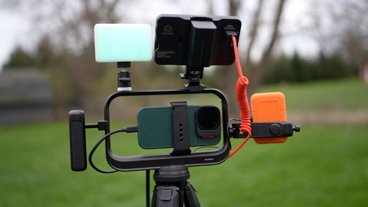
-m.jpg)
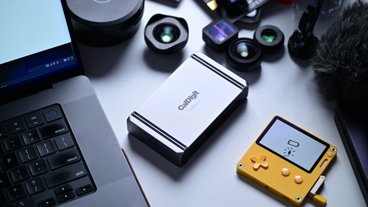


8 Comments
I haven't been this excited about Apple R&D in a long time.
The whole purpose of doing a in house modem is to control your destiny by being able to design what you want and not be tied to some outside entity. Which is basically the same reason for designing Apple Silicon, having boat anchors like Intel, AMD, and Nvidia, was as bad as having Motorola of Schaumburg, Illinois and IBM. Long-term getting rid of Qualcomm will be a plus miniaturizing the Apple Vision to a pair of glasses or putting a modem into future Macs or any other Apple device in time requires it. How long will this take? As long as necessary that’s the way iteration/innovation works.
No one would have thought the current modem was a one-off.
They are simply stating the obvious.
Every modem maker could say the same.
The real message is probably, 'don't expect too much from this product in comparison to others already out there'.
Leaving MagSafe out is inherently logical from a manufacturing point of view.
Since the materials needed for MagSafe (rare earth) are exceedingly rare outside of China, which puts high tariffs on exports or doesn't even allow export unless it's in a manufactured product (thanks to the tariff war that one orange idiot started a couple of years ago) ... and I bet one main design goal was to produce the cheap-o version outside of China (mainly in India) to avoid US import tarriffs (that a certain orange felon recently introduced). Since this is the low-cost model, there is no room for 'expensive' features in that setting.